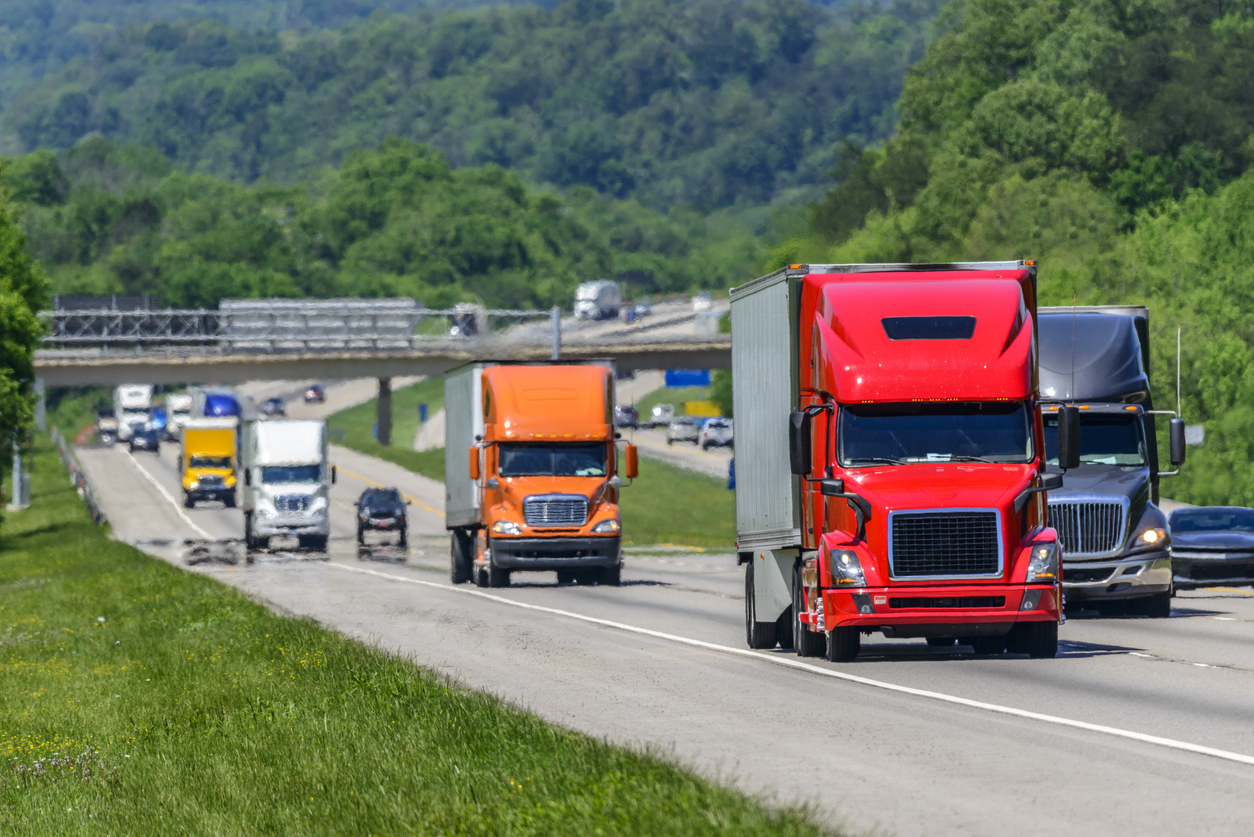
The world of truck transportation as we knew it has completely changed since the end of December 2017 when E – Log rules went into effect which strictly monitors the length of time a driver can drive in a 24 hour period. The mandate for trucks to use this electronic log book was fully impletmented as of April 1, 2018 and brought to the surface just how problematic driver shortage is.
Throughout 2018, food producers have noticed rising costs associated with truck freight shipments. These spikes impact vendors at every point in the food chain, from grain producers shipping unrefined crops, to dominant manufacturers including Kellogg, Tyson,and Del Monte to trading companies trying to move their cargo to the docks.
These vendors all identify high transportation costs as a threat to profits in 2018. As of the first quarter, there were not enough trucks to transport the volume of goods needed. According to DAT Solutions, L.L.C., for every 12 loads of goods, only one truck was available – the most challenging ratio since 2005.
For goods that were transported, trucking became more expensive in 2018. DAT Solutions estimates that rates have risen by 20%, all the way to $2.14 per mile by August 2018.
There are three main reasons behind rising truck freight rates:
- Infrastructure challenges
- Fuel costs
- Driver shortages
Fuel costs climbed in 2018. As the price of diesel increased by 19% from 2017, fuel surcharges put a strain on manufacturers. In dollars, increased fuel costs translated to a shift from under $3 per gallon from 2014 through 2017 to an average of $3.31 per gallon as of October 2018.
Driver shortages have also pushed truck transportation costs up. According to FTR Transportation Intelligence, the second quarter of 2018 saw a record number of 296,311 driver vacancies!
Companies that employ truck drivers continue to see extremely high turnover, with long-haul driver turnover at around 90% according to the American Trucking Association.
As companies struggle to hire and retain permanent truck drivers and contractors, many are offering higher pay, referral bonuses, and sign-on bonuses in an attempt to entice new hires. Some offer as much as $10,000, and even Walmart has shaved 40 days from its onboarding process and has offered a $1,500 referral bonus.
Still, some experts believe that the toughest obstacles will soon be in the rear view mirror. Although the driver shortage is expected to continue, which will most likely keep truck rates high, we have seen the rate of increase slowing down.
トラック輸送の世界は、2017年12月末以降、それまでとはまったく異なるものになりました。電子ログの規則が施行され、24時間あたりの運転時間が厳しく監視されるようになったためです。トラックに対する電子ログの義務付けは2018年4月1日付けで完全導入され、これによりドライバー不足がいかに深刻かが見えてきました。
食品生産者は、年明けからずっと、トラック輸送コストの上昇を見てきました。このコスト増は、食品サプライチェーンのあらゆる段階の関係者に影響します。精製前の作物を出荷している穀物生産者から、ケロッグ、タイソン、デルモンテのような大手メーカー、さらには積荷を船着場まで輸送しようとしている貿易会社まで、誰もが例外ではありません。
これらの企業はすべて、2018年の利益を脅かす要因として輸送コストの上昇を挙げています。今年第1四半期の時点で、輸送に必要なトラックは圧倒的に不足していました。トラック輸送のデータベースを管理するDAT Solutionsによると、輸送の必要な貨物に対する利用可能なトラックの割合は12:1で、2005年以来最も深刻な不足状況でした。
必然的に2018年の輸送料は高騰しました。上昇率は20%で、2018年8月までには1マイルあたり2ドル14セントにまで跳ね上がったと、DAT Solutionsでは見積もっています。
トラック輸送料が上がっている背景には、主に3つの理由があります。
- インフラの問題
- 燃料費
- ドライバー不足
燃料費は、今年高騰しました。ディーゼル価格が2017年から19%上がったため、燃料の割増金がメーカーの負担を増大しました。2014年から2017年までは燃料費が1ガロンあたり3ドル未満でしたが、2018年10月時点で平均3ドル31セントとなっています。
ドライバー不足も、トラック輸送料を押し上げています。貨物輸送の分析・予測データを提供するFTR Transportation Intelligenceによると、2018年第2四半期にはドライバーの欠員数が29万6,311件と記録的な高さとなりました。
ドライバーを雇用している企業の離職率は依然としてきわめて高く、米国トラック輸送協会によると、長距離ドライバーの離職率は90%前後です。
これらの企業は、恒常的なトラックドライバーや請負業者を確保できずにいることから、賃金を上げ、紹介者にボーナスで報い、契約金を出すなどして、新規採用を試みています。なかには1万ドルも出している会社があります。またウォルマートは、入社後の研修期間を40日間短縮し、紹介料として1,500ドルのボーナスを提示しています。
とはいえ、この至難の状況はまもなく収束するというのが、一部専門家の見方です。ドライバー不足は今後も予測されていて、ほぼ間違いなくトラック輸送料の高値が続くと見られますが、上昇の速度はやや減速しつつあります。
